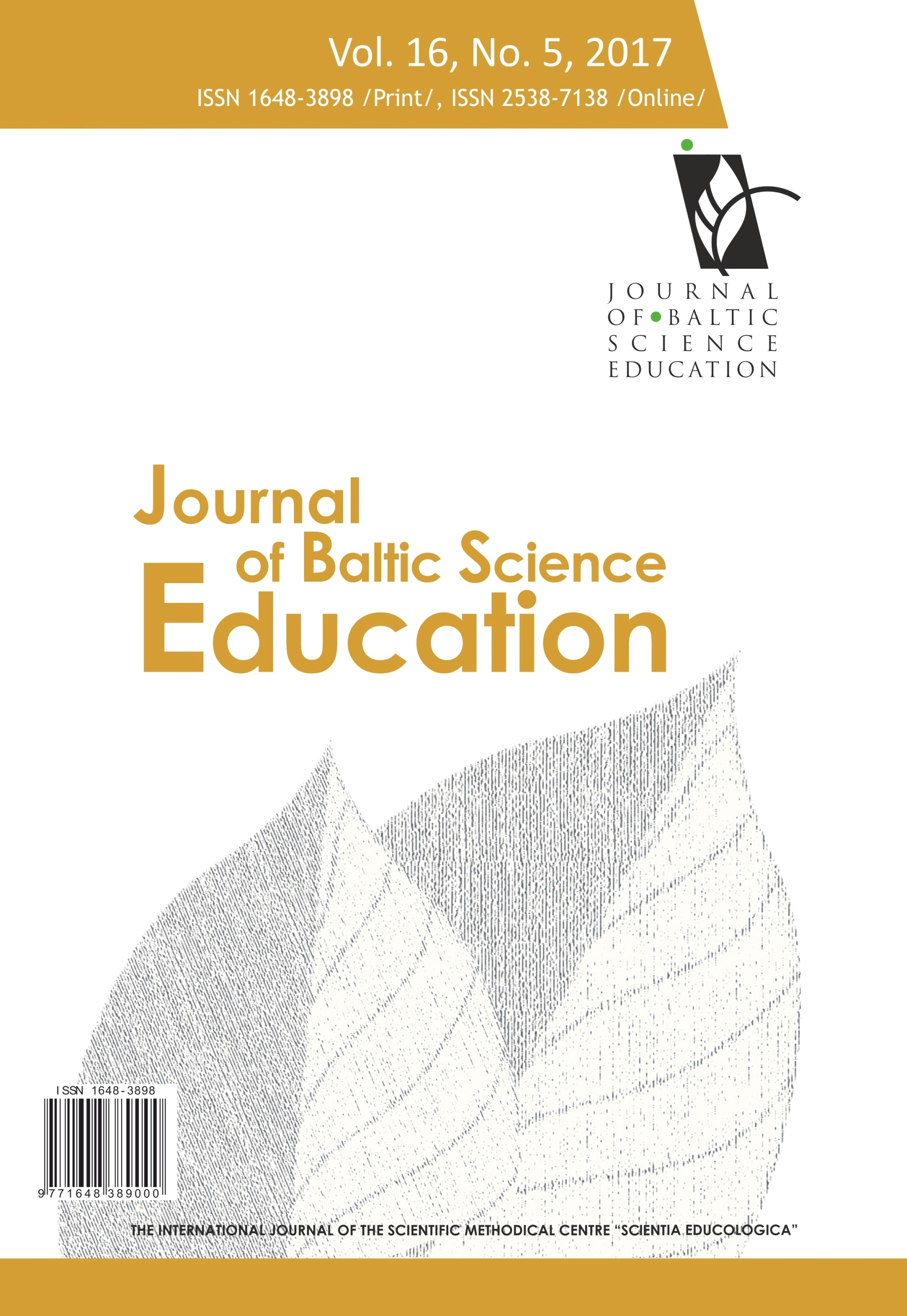THE APPLICATION OF CONCEPT MAPS IN THE TEACHING OF POLLINATION AND POLLINATORS IN ELEMENTARY SCHOOL
THE APPLICATION OF CONCEPT MAPS IN THE TEACHING OF POLLINATION AND POLLINATORS IN ELEMENTARY SCHOOL
Author(s): Jelena Stanisavljević, Mirka М. Bunijevac, Ljubiša Ž. StanisavljevićSubject(s): Education, Preschool education
Published by: Scientia Socialis, UAB
Keywords: concept maps; programme content; pollination; pollinators;
Summary/Abstract: Teaching biology is characterized by a great number of concepts and facts. It is very difficult to concisely represent all important concepts and facts. In order to effectively present important concepts such as pollination and pollinators, concept maps have been applied. In particular, the pedagogical experiment was applied to determine whether the concept maps are effective as teaching technology compared to the usual teaching approach without this technology. The research involved 110 elementary school students who were divided into one experimental (E) and one control (C) group. The E group covered programme content related to pollination and pollinators by applying concept maps. The C group was exposed to the same content, without these maps. It is evidenced a difference of the attained knowledge in favour of the experimental group after the introduction of the experimental factor (application of concept maps). The application of concept maps directly contributed to better learning and knowledge acquisition in teaching the biology content Pollination and Pollinators. Based upon the obtained results of this research, concept maps will be further implemented to improve teaching process and the teachers will be gradually trained for the application of this teaching technology.
Journal: Journal of Baltic Science Education
- Issue Year: 16/2017
- Issue No: 5
- Page Range: 746-760
- Page Count: 15
- Language: English

